Phu Tho has long been known as a midland land with not only palm forests and tea hills but also vast green cassava hills. Unlike the small, smooth mulberry silkworm, the cassava silkworm is about the size of an adult’s finger, with thorny spines...
Unlike the small, smooth-bodied mulberry silkworm, the cassava silkworm is about the size of an adult's finger, with sharp thorns running in rows from head to toe.
Phu Tho land has long been known as a midland land with not only palm forests and tea hills but also vast green cassava hills.
Cassava was once a food crop that helped people get through the days of famine. Today, people here grow cassava for tubers to feed livestock and poultry and also use the leaves to feed silkworms.
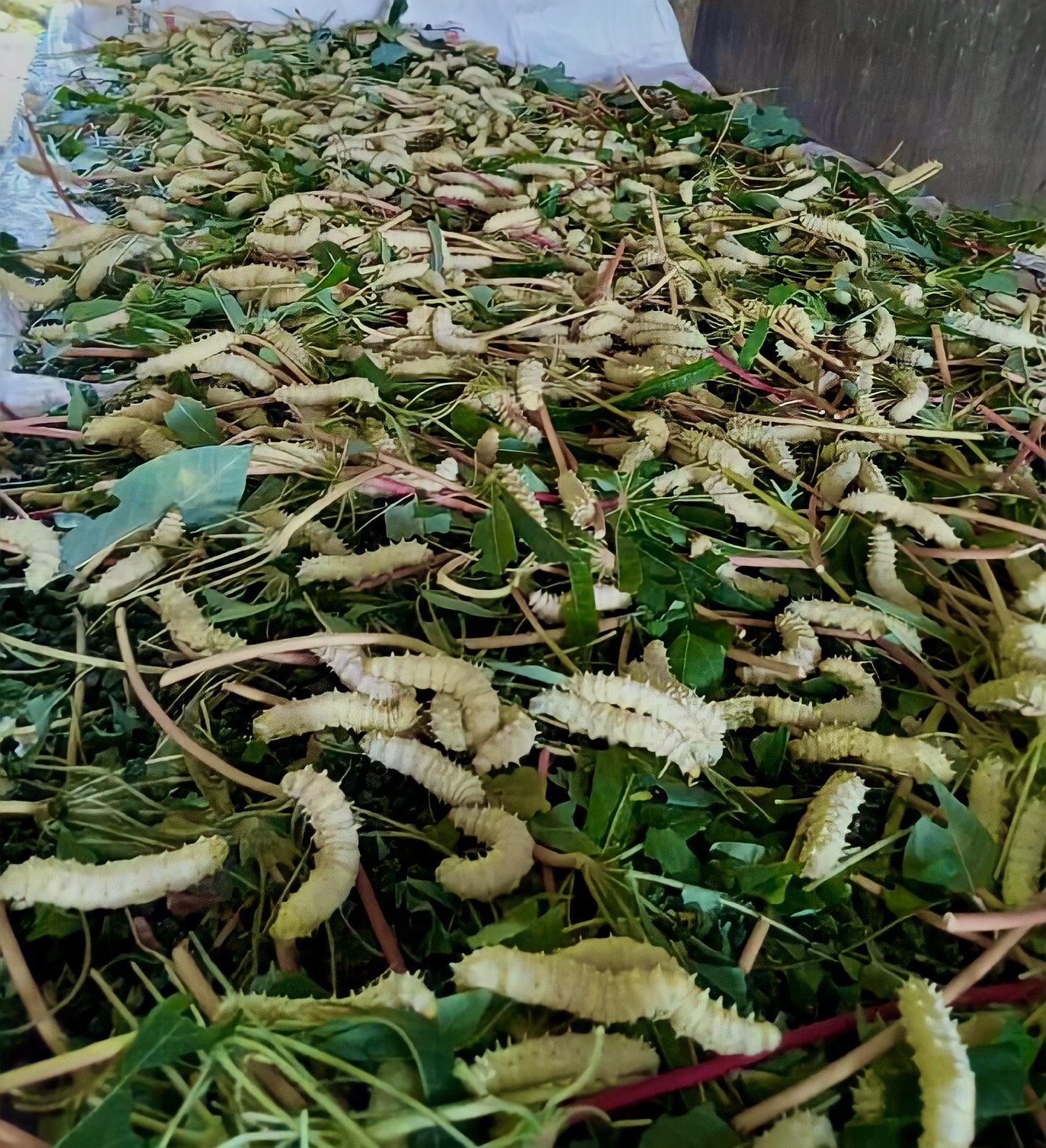
Silkworms are raised using cassava leaves as food in the midland region of Phu Tho. Photo: Thanh Huong
Cassava is grown in many places in the province, but the most is in Cam Khe area with immense, immense cassava hills concentrated in the communes of Tien Luong, Dong Luong, and Dieu Luong.
Unlike the small, smooth body of the mulberry leaf silkworm, the cassava leaf silkworm is larger than an adult's finger, with thorns running in rows from head to toe.
Compared to mulberry leaf silkworms, cassava leaf silkworms are more effective because cassava leaves - food for silkworms - are easy to find, cheap, silkworms are easy to raise, grow quickly, do not require much care time, have a short harvest time, and have few diseases.
All products from silkworms can be utilized. Lazy silkworms are silkworms with little or no silk, which are picked separately for food. The rest are allowed to spin silk for sale. When they become pupae, they continue to be used as food. The moths that have laid eggs are used as food for chickens, fish and other animals. In a year, people can raise 6 batches of silkworms according to the cassava leaf season, from about May to September and October every year.
Folklore has long known that silkworm pupae and ripe silkworms have high nutritional value and are also a medicine for malnourished children, weak people, postpartum women with little milk... Silkworms are rich in protein, fat and contain many vitamins and minerals. Ripe silkworms have a fatty, fragrant taste and are nutritious like ginseng.
Its fat content is also quite high, so nutritionally, it is very suitable for cooking. People who cannot eat silkworm pupae can soak it in wine, then use that wine to massage, which is also very effective in eliminating wind and pain.
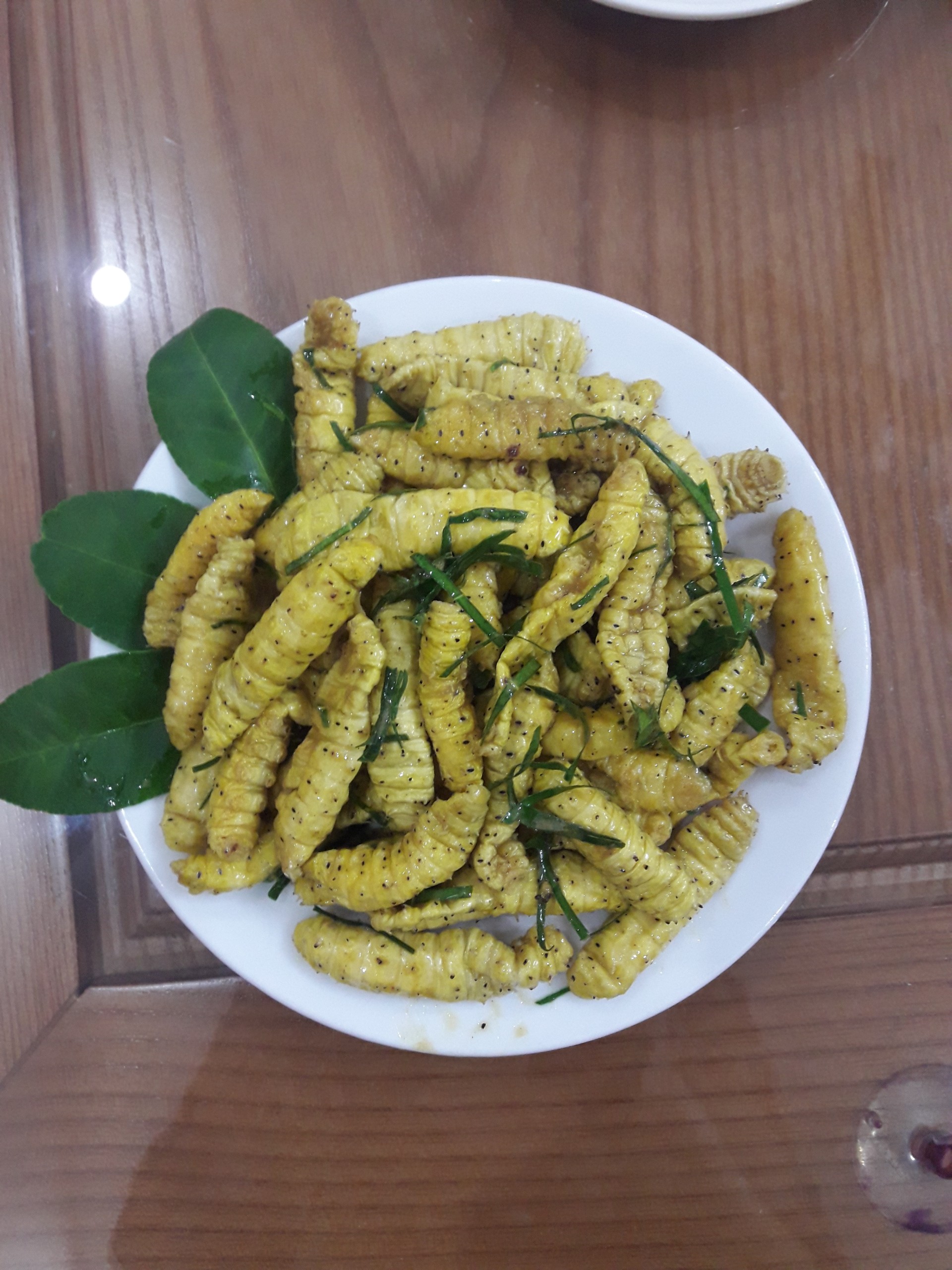
Fried cassava leaves and lemon leaves is a delicious and nutritious dish that many Phu Tho people love as a rustic specialty. Photo: Thanh Huong
Cooked silkworms can be processed into a number of delicious dishes used as snacks or eaten with white rice. Locally, silkworms are mainly processed into traditional dishes such as: fried silkworms with lemon leaves, fried silkworms with betel leaves, fried silkworms with crispy silkworms or boiled silkworms.
For drinking dishes, boiled silkworms or fried silkworms are very suitable. For boiled silkworms, choose silkworms that are cooked and no longer eat leaves and start to spin silk. Wash them, add a little salt and boil until cooked. You can add a little ginger and turmeric to boil together so that the silkworms have an eye-catching yellow color and are more fragrant.
Cut off the ends of the cooked silkworms, then finely chop some lemon leaves and sprinkle them on the silkworms. Mix until the lemon leaves are evenly scented, then mix in lemon juice, garlic, and chili and you can use it. Boiled silkworms retain the original flavor of the dish, with a sweet, delicious taste and the aroma of fresh silkworms.
Crispy fried silkworms are also very simple. After preparing by washing and blanching the silkworms to release all the silk, cut off the head and feet, put the pan on the stove, add cooking oil and set the heat to medium.
Wait until the oil is hot, then add the cassava leaves and fry, occasionally stirring to color the silkworms and cook them evenly. After frying for about 3 minutes, the silkworms will shrink and look crispier. When the silkworms are cooked, remove them to a plate and sprinkle with lemon leaves. This dish is delicious when eaten hot, and is very suitable as a snack.
For the stir-fried silkworm dish, after preliminary processing, prepare some lemongrass leaves or betel leaves, wash and chop them finely. After preliminary processing, put the silkworms in the pan, do not add oil, add a little seasoning powder and stir. Wait for the silkworms to release water, then add a little fish sauce for fragrance, stir well so that the silkworms absorb the spices. When the edges are slightly charred, add cooking oil to the pan and stir until golden.
When the silkworms are golden brown and fragrant, add the lemon leaves or chopped betel leaves, season to taste and stir a little more. The silkworms are deeply seasoned, crispy on the outside and chewy on the inside, very appealing. Anyone who eats this dish will easily become addicted. The silkworm dish is prepared very simply, combining the ingredients available in the home garden to give us delicious and nutritious dishes.
Enjoying cassava leaf silkworms is not only enjoying a rustic gift but also feeling the love of Phu Tho people, rustic but close. So that every time tourists visit the land of the ancestors, they can taste the culinary flavors of the midland and be so intoxicated that they don't want to return.
Tourists who love the cuisine of the homeland and want to enjoy cassava leaf silkworms can go to Thong Nhat Silkworm Farm and Cassava Leaf Silkworm Egg Production Village to learn more.
Source: https://danviet.vn/con-dong-vat-lung-gai-tua-tua-dan-vung-nay-o-phu-tho-bat-ban-lam-dac-san-rang-la-canh-thom-lung-20241224140219367.htm


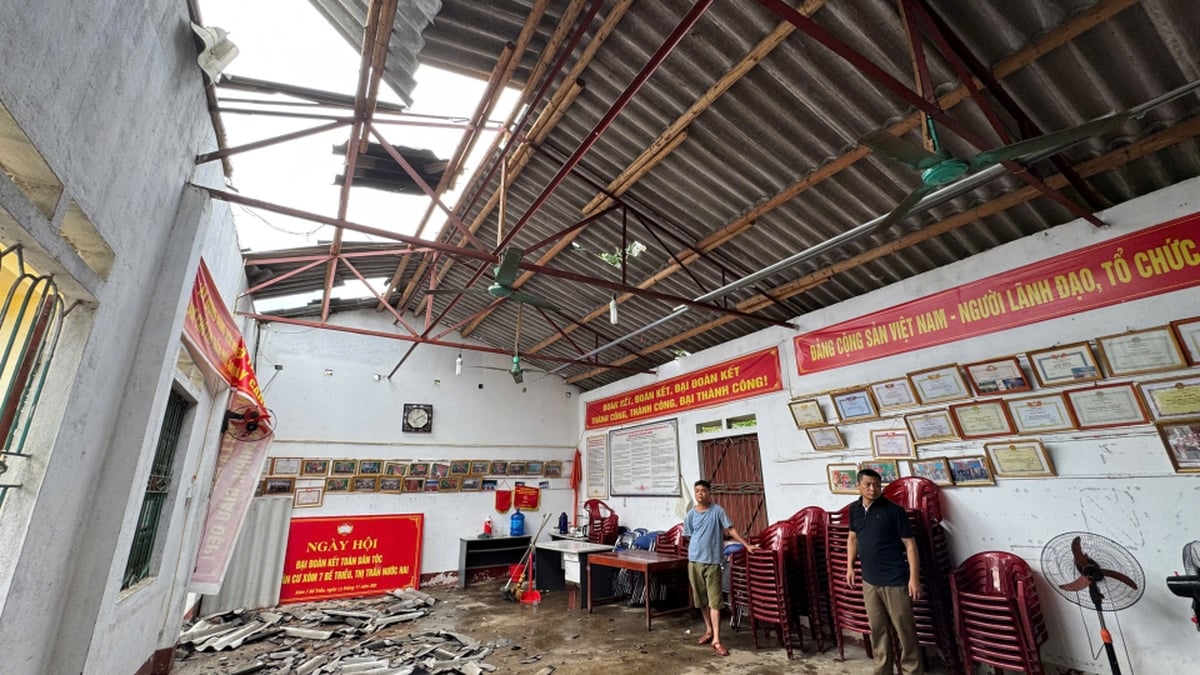
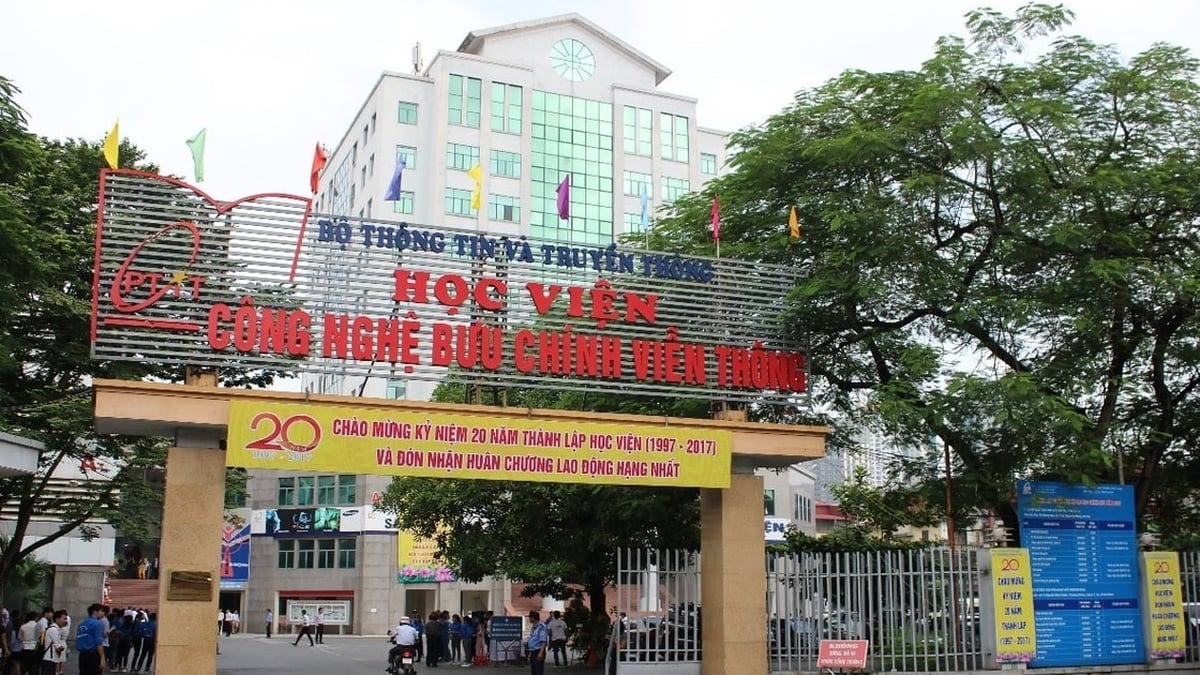


![[Video] The difference in scores between university admission groups will be announced soon](https://vphoto.vietnam.vn/thumb/1200x675/vietnam/resource/IMAGE/2025/7/19/16441946784f4c4b8b6987f8164b1a83)
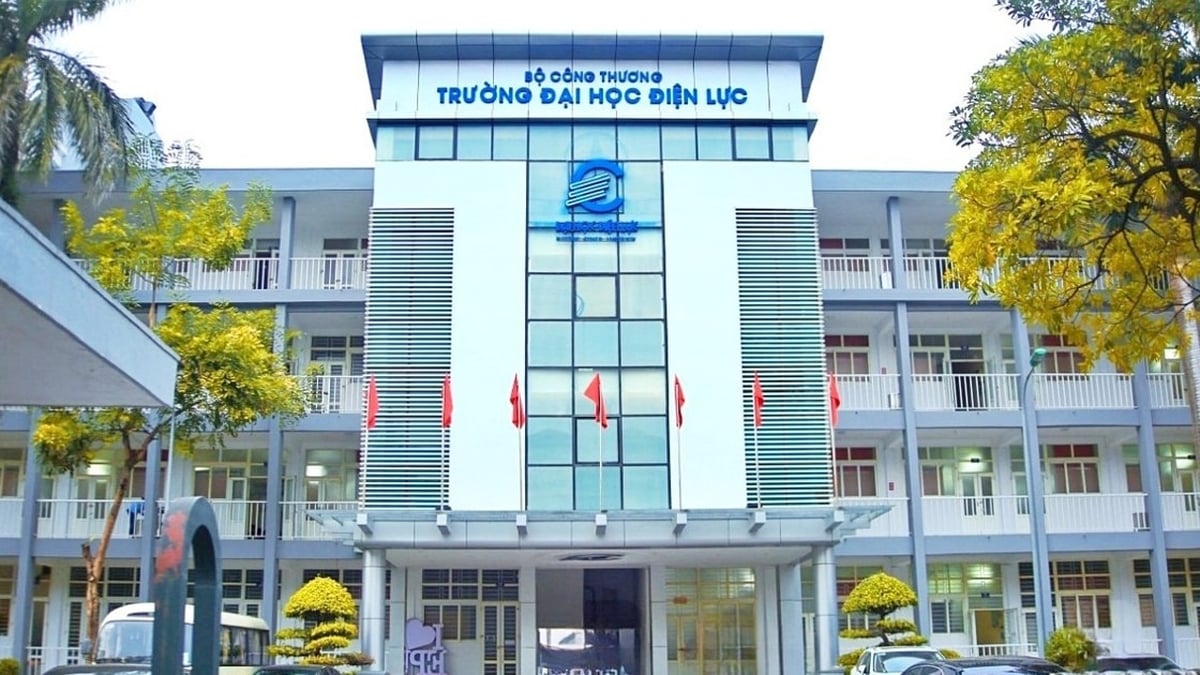


























































































Comment (0)